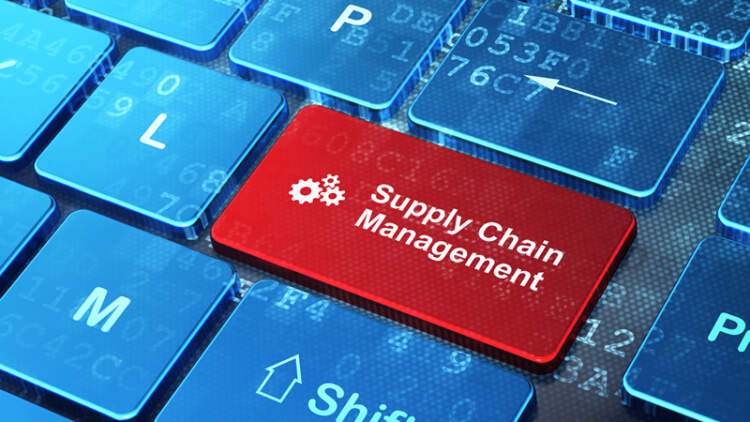
Over the past decade or so, business pressures and demands have changed in such a way that product lifestyles are shorter while market variations are “wider” than ever before. The essential pace of business has evolved to the point that a plethora of enterprises realize they can no longer afford to play solitaire – and into this foray has come Gainfront research, which suggests supplier collaboration is a prime strategy when businesses are attempting to take their operations to the next level.
Here’s the deal: Suppliers are on top of market changes and innovation, and as such have been deemed assets in today’s uber-kinetic business climate. However, enterprise procurement teams, in order to fully harness the power of their suppliers, have to understand how to manage them; thus, what follows are primary supplier management best practices that should take modern companies into the next few years…and beyond.
Supplier Information Management
A foundational element of managing relationships with suppliers – from payment processing to product scoping – is securing accurate, detailed and centralized supplier information, and this can encompass contracts, quotes, locations, contact details, certifications, remittance data, performance ratings, capabilities, risk scores and category coverage. To take supplier relationships to a higher level wherein they represent genuine partners, procurement teams should kick-start the “on-boarding” process from the get-go: At the bidding phase.
Supplier Identification
This can actually be viewed as a more important best practice than supplier information management, in that procurement teams, first and foremost, must establish quality suppliers to work with that will deliver the best value. Here, we’re referring to the strategic sourcing process, which begins with finding the ideal supplier or suppliers in which to partner and helping the enterprise source better – not necessarily source more.
Supplier Performance Management
Also referred to as SPM, supplier performance management enables procurement teams to grade and rate their suppliers along a series of performance metrics to ensure suppliers are providing value while adhering to contract agreements and terms. Effective supplier performance improvement and management can put suppliers in a position to experience success and fortify their relationship with the enterprise. One of the best SPM practices is the process of clearly communicating with stakeholders and suppliers what the evaluation process, timing and criteria are; in this way, no party is ever “shocked” and all parties can exhibit proactive characteristics rather than reactive ones.
Supply Risk Management
As a procurement team’s role converges across an enterprise, additional Chief Procurement Officers have become responsible for managing an increasing and changing number of global supply risks. While these strategies will vary by industry, enterprise or geographical location, there exists baseline best practices to follow in order to manage – if not eradicate – supply risk, including the assignment of a cross-functional team to lead the supply risk program, development of a robust supply risk identification and assessment process and the development/testing of business continuity and crisis management processes to analyze how well supply risk programs perform under different scenarios.
By taking each element of supplier management – that is, information management, identification, performance management and supply risk management – into consideration, procurement teams can secure end-to-end victory and experience high-level value throughout the process of sourcing.


